New York’s EX-NYCentral High Line Linear Park gives a wonderful view of the LIRR West Side Storage Yard, with its mix of mu’s and push-pulls with dual-mode locos, but this will be covered over soon as construction for the real estate development of air-rights starts.
Hi, Dave!
As a Southern Californian far removed from your area by 3000 miles plus or minus, I found your post not clear. Is it the view that will be done away with or the thing(s) viewed?
Thanks,
K.P.
The High Line park will still be there and the yard will still be there, but a whole new city block or two are being built on a deck constructed over the existing yard.
Looked at the second video, saw lots of construction cranes around the yard and heard the construction noises. I had seen photos of the High Line Park, but the video really shows how busy it is.
This was along W. 30th St., where the first video begins and the second video ends.




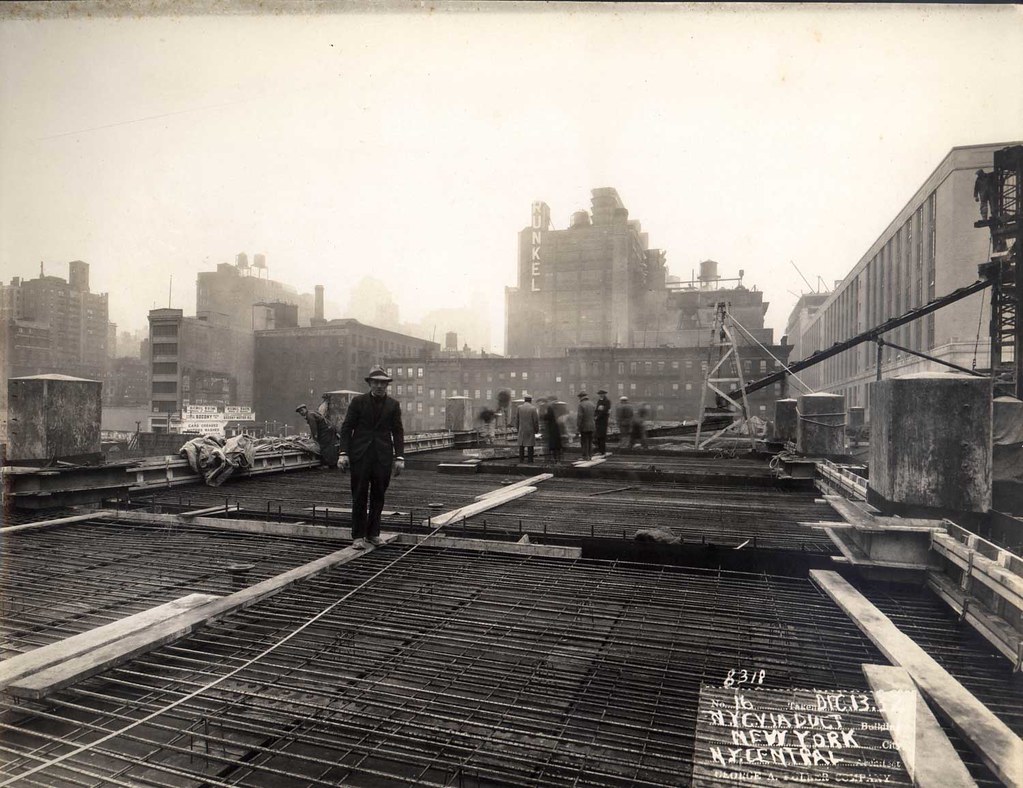
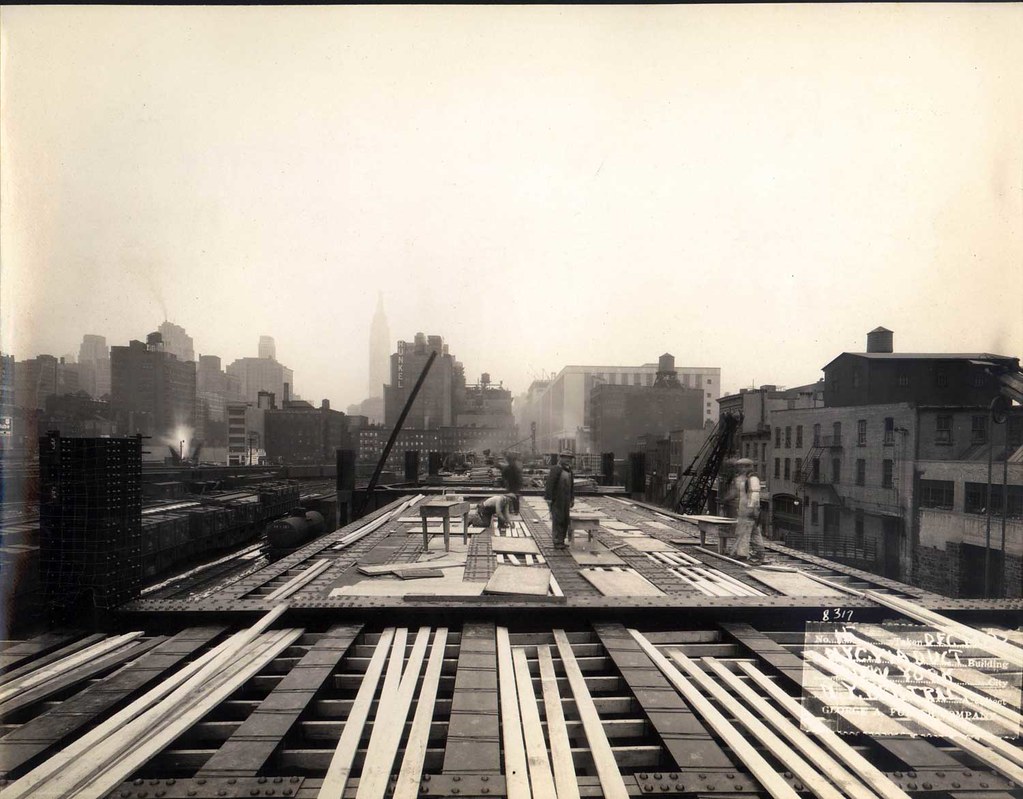
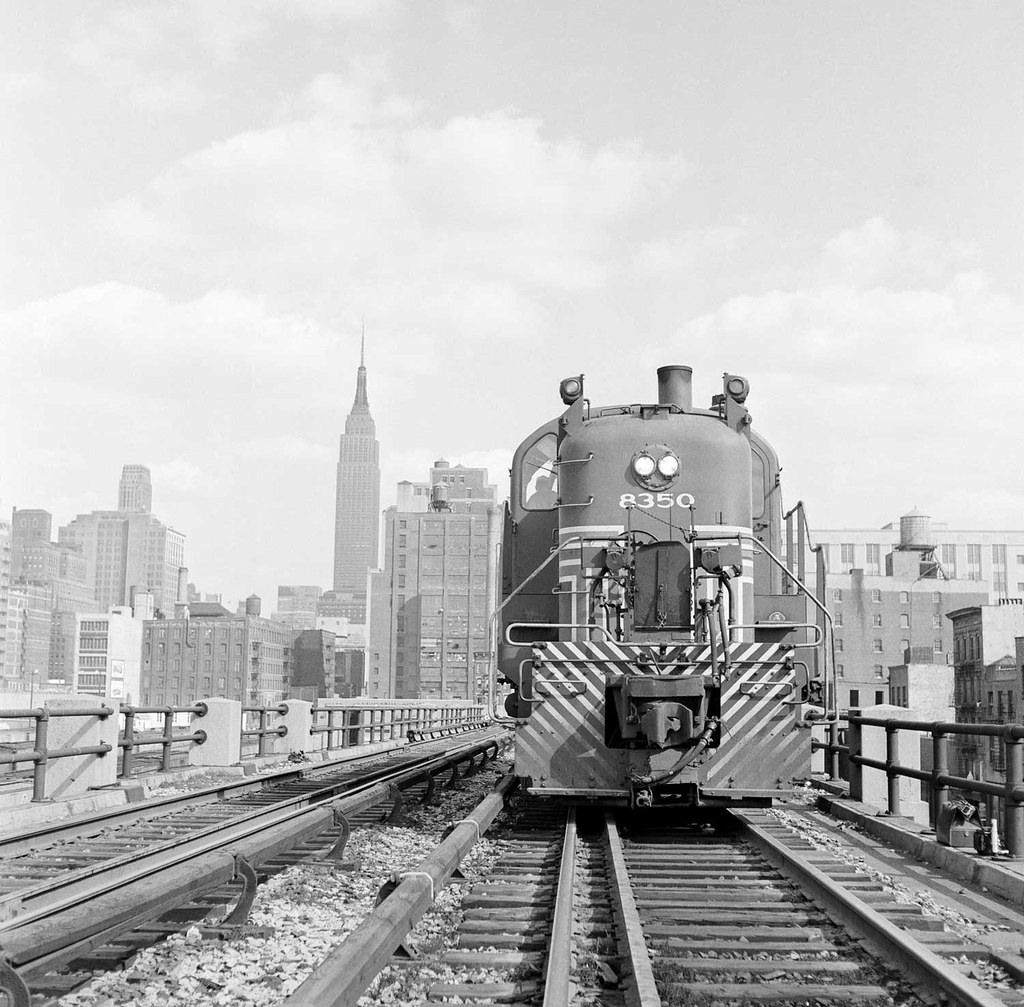
[IMG]http://www.thehighline.org/media/W1siZiIsIjIwMTQvMTEvMjEvMTkvMzAvMjkvMzk1L1Zp
Great photos- is that a 3rd rail? If so I wonder what electrics ran on it? Those NYC ones from GCT?
K. P.: Not 3000 miles away, actually 12000. I get frequent emails from the city where I lived 1932 (birth) - 1949 (off to MIT and Army) and 1970 - 1996, 43 years in total. Cambridge, MA, 1949-1954, 1956-1967, 26 years. Westmont, IL, 1967-1970, 3. Ft. Bragg, NC, 1954 - 1956, 2 years. 1996 - ?, Jerusalem, 19+
Still vote in New York State
54: The West Side electrification did not extend south of 30th Street originally. As far as I recall the High Line was only partially electrified, and the freight was moved by the three-power distilate-electric-battery locomotives, replaced by regular diesel road-switchers after WWII. I think some time after WWII, the whole West Side electrification was disused south of Spuyten Dyvel and diesels run the whole way from Harmon. The T-motors, S-motors, and P-motors used into GCT were generally not used on freight on the West Side. While the elextrification was in place, a T-motor did handle the mail trains in and out of the 32nd Street Post Office siding, the remenant of the old surface line, later adapted for Amtrak’s Penn Station connection. Diesels replaced them, as well, before the mail trains were discontinued.
According to Kalmbach’s book New York Central in he Hudson Valley the West Side line was electrified to 23rd St, which would have included the northern part of the High Line. They state that the electricity was turned off in 1959. Middleton’s book When the Steam Railroads Electrified shows a photo of a couple or R-2 (C+C) electrics hauling the mail train off of the West Side line in 1954.
The photo above of the deisel on the High Line with the 3rd rails visible, appears to be by 30th St, in the area of the post office.

Pages 12, 11, 10, 9, 8, 6 and 7 (in that order) of Trains, June 1944
http://www.nyhrr.com/paperwork/files/Haunted_Rounchouse.pdf
The original electrification was done before the High Line was built and ended at 30th Street. I noted that the High Line was only partially electrified. Thank you for naming the street at its south end, which I had forgotten.
T’s were also occqasionally used on the mail trains. Also, remind me what was the class designation for the Oil-Electrics, the three-power units I referred to in the my previoius possting. But,.again, with the exception of the occasional T onl the mail, passenger power was not used on the West Side Line.
The R-1?
The above was posted before I saw the TRAINS excerpts posted above. They do not contradict any of my memories as I wrote them. But, I think the Trains artical is wrong on one point. I believe until 1931 there were two morning local West Side passenger trains down to 32nd Street and two evening return runs. They may have been mu equipment or cars shared with the Putnam Division frolm High Bridge yard and pulled by oil-electrics, depending on the state of the electrification at the time.
Interesting stuff! I walked the length of the High Line 2 years ago and it’s fantastic. One thing I noticed is that the entrance stairs rise over the original railings of the structure so as not to disturb the orignality I suppose. I loved the wooden chaise lounges mounted on flanged wheels that sit on the exposed bits of track. Well worth seeing and I wish the same thing could be done here in Toronto with the elevated Gardiner expressway that runs through downtown.
Excerpt from Railway Age, March 5, 1932
http://www.nyhrr.com/paperwork/files/Performance_of_Three-power_Locomotive_1932RAILWAYAGE.pdf
From the time the class DES-3 locomotives went into service in August, 1930, until June, 1931, they handled 2000-ton trains in regular service from 72nd street to Spuyten Duyvil on internal power and from thence on external power.
The north end (or north beginning) of the High Line in the block 11th to 12th and 34th to 35th, nowadays occupied by the Jacob Javits Convention Center.
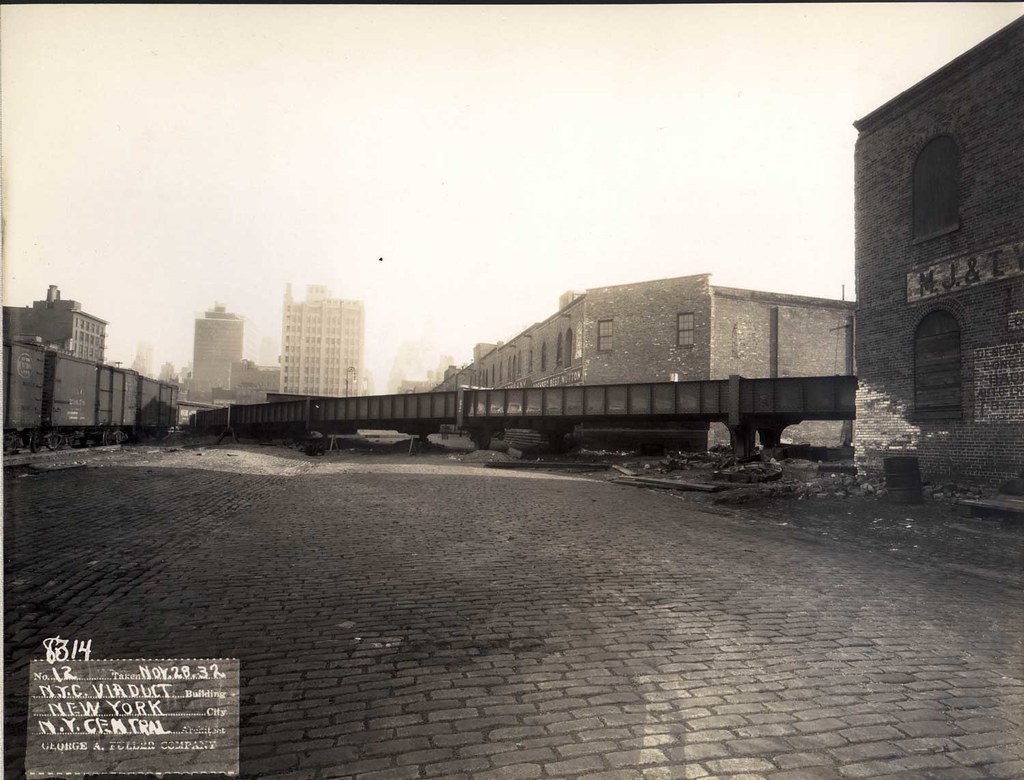

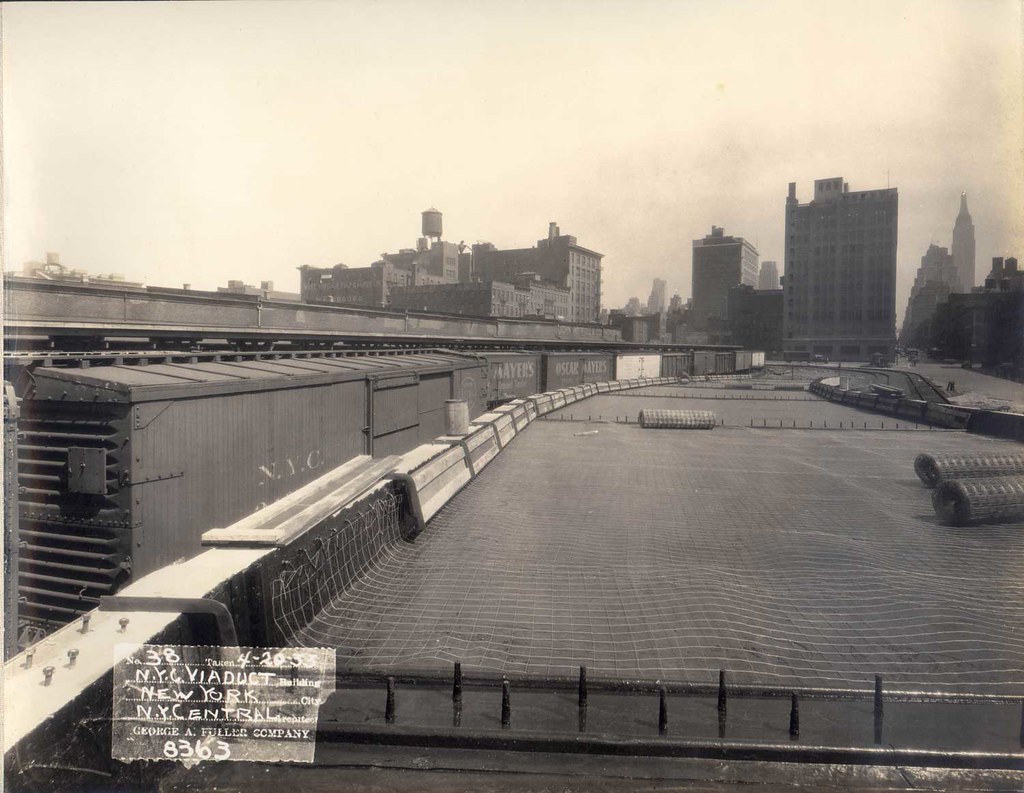

DaveK, the Trains article seems to indicate the electrification ended at 30th St, which differs from Kalmbach’s later book that I cited. I will try to see if Middleton’s book settles the question, when I get the chance.
The first R engines (they seemed to be referred to as just R rather than R-1) were straight electric boxcabs with B-B wheel arrangements, and came as semi-permanently coupled pairs.
wanswheel, from 1931 on electric power was used, and the DES-3’s continued to handle the trains to St. Johns Park, which would include the non-electrified tracks? I assume they used third rail power, down to 30th (or 23rd) street, and then used diesel, as long as the electrification was maintained.
Do you have any information on the three-power “oil-electrics” (which I presume had prime movers with spark plugs, differentiating them from diesels) that were used before the DES-3s? They replaced steam on 11th Avenue, I think before WWI, long before the High Line was built. But the “11th Avenue Cowboys” preceding each train remained.
Oil-electric and diesel-electric are basically the same compression-ignition design. If my memory serves me correctly, I once read in an old issue of TRAINS that the difference in terminology was based on the method of fuel injection.
The tri-powers were GE designs with Ingersoll-Rand engines.
CSS: Any other details you know and can supply?
If I remember correctly, oil-electric was used during WWI and the years after when the German ‘diesel’ was unpopular.
N.Y. Public Library photos of steam engines on 11th and 10th avenues in the 1920s
http://digitalcollections.nypl.org/items/510d47dc-f40a-a3d9-e040-e00a18064a99
http://digitalcollections.nypl.org/items/510d47dc-f2a6-a3d9-e040-e00a18064a99
Morgan Parcel Post Office replaced the milk depot, which was the old pre-Vanderbilt Hudson River passenger station Abraham Lincoln arrived at in 1861, and from which his funeral train departed.
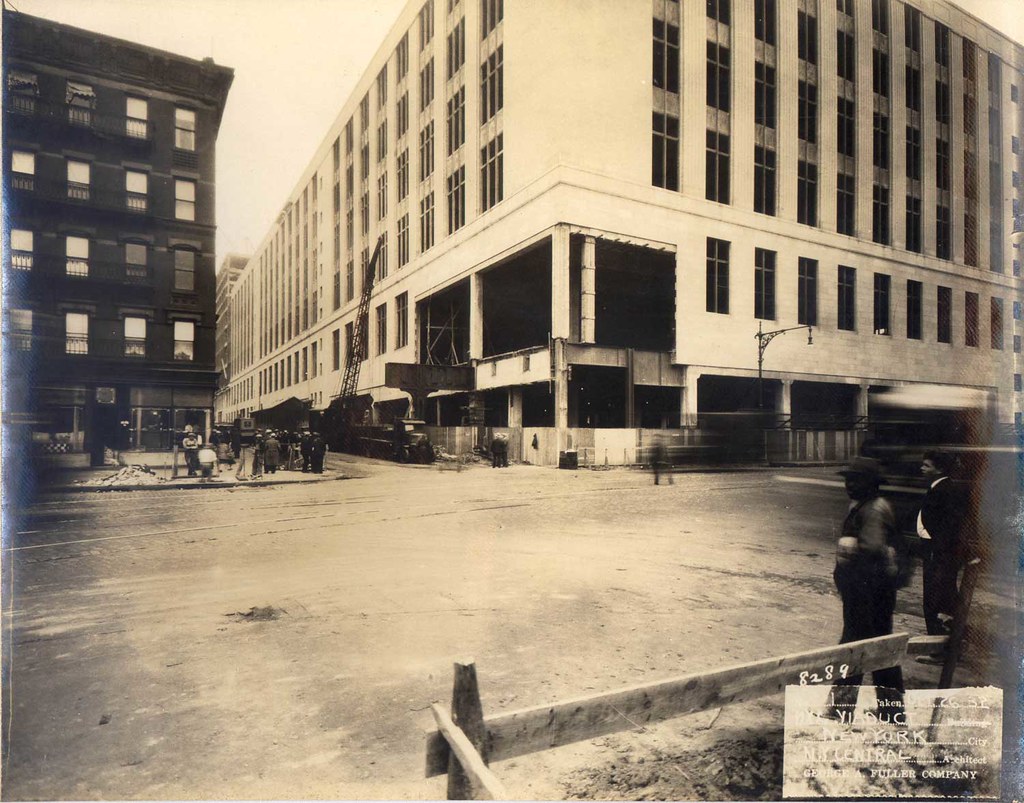
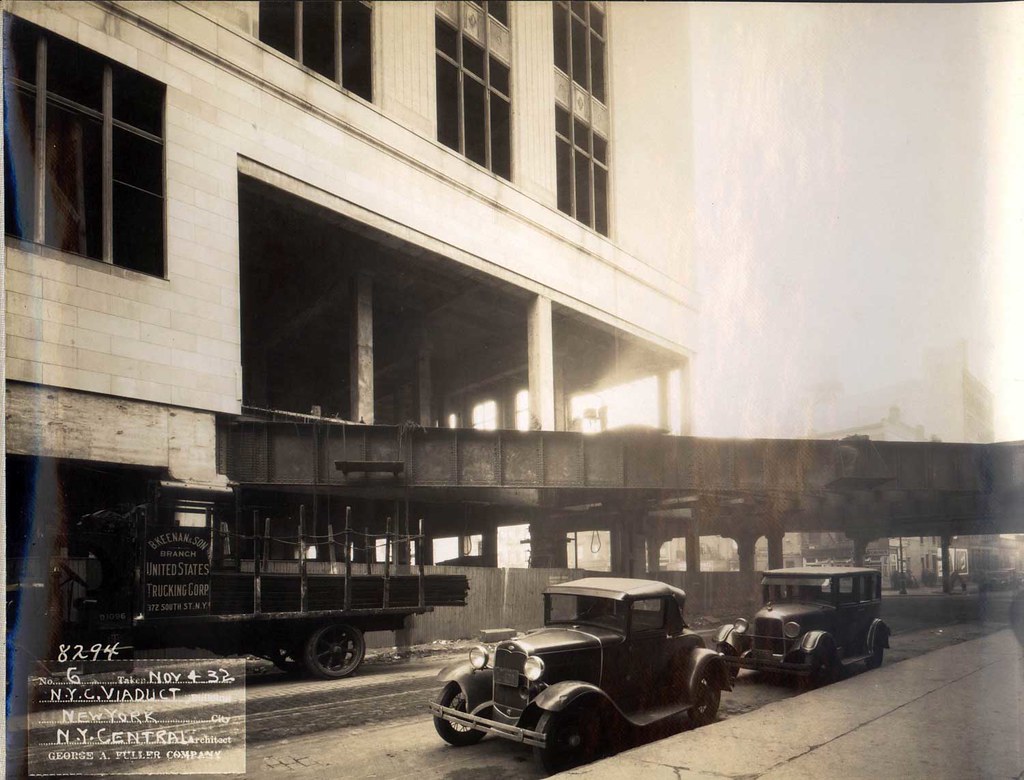


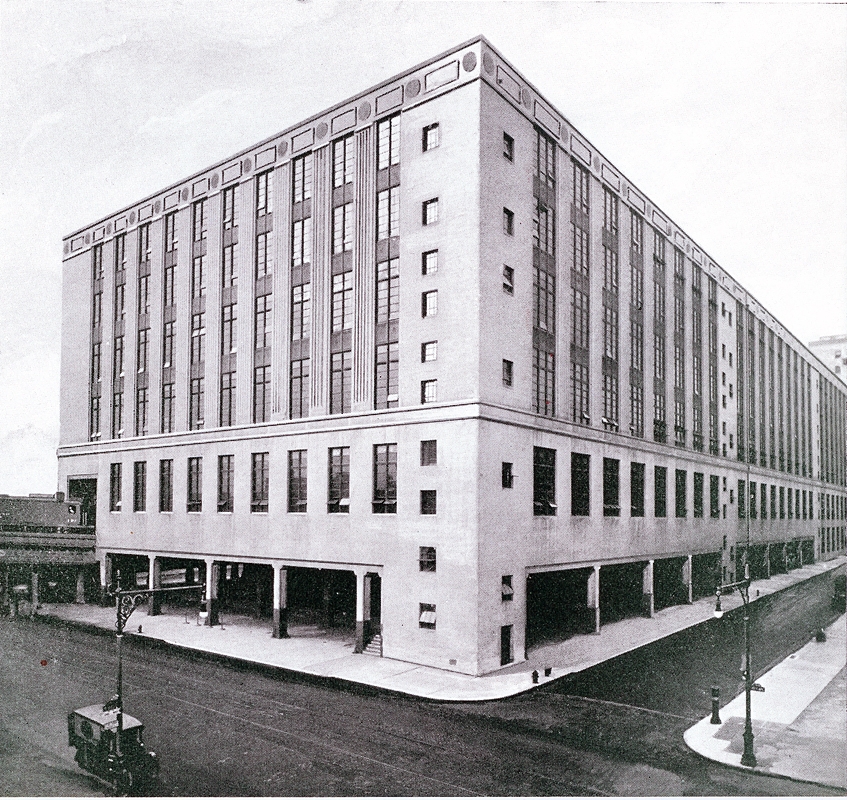
[IM